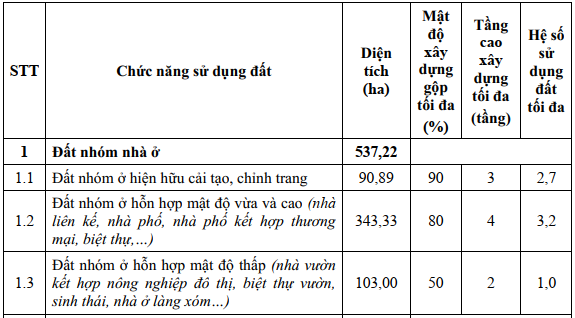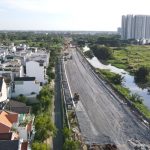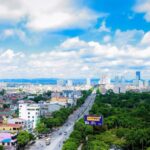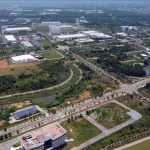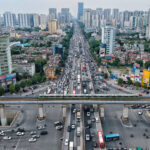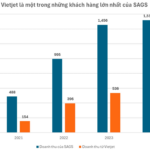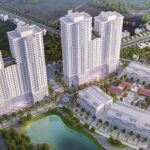On July 17, the People’s Committee of Hau Giang Province approved the planning proposal for the Northeast area of Vi Thanh City and its vicinity.
The planning area covers a total area of nearly 1,152 hectares, spanning the administrative boundaries of Ward III, Ward V of Vi Thanh City, and parts of Vi Dong, Vi Trung, and Vi Thuy in Vi Thuy District. It falls within subdivisions 1, 2, 3, 5, and 6 of the master plan for Vi Thanh City and its vicinity, Hau Giang Province, by 2040.
Of the total area, over 537 hectares are allocated for residential land, more than 181 hectares for service and public facilities, over 146 hectares for green spaces and water bodies, and more than 227 hectares for transportation and parking. The remaining land, accounting for nearly 60 hectares, is designated for other purposes.
|
The residential land is divided into three distinct groups
Source: People’s Committee of Hau Giang Province
|
The Northeast area of Vi Thanh City and its vicinity is envisioned as an urban area within the city’s development scope. It primarily serves as a complex administrative, commercial, and service hub, featuring a mix of traditional and modern trade and service functions, alongside an eco-urban component. The urban development is strategically aligned with major road and waterway transport routes, including National Highways 61 and 61C, Provincial Road 931B, Xang Xa No Canal, and Muong Lo Canal.
The projected population within the planning area is estimated to be nearly 88,000 people.
Hau Giang Province has also outlined investment priorities, focusing on strategic and impactful projects. These include the main transportation network and bridges across the Xang Xa No Canal, as well as critical technical infrastructure such as bus terminals and wastewater treatment and power substations.
The province is inviting investments to develop available land parcels, complete ongoing projects, and prioritize the development of parks, public facilities, and other social infrastructure. Additionally, there is an emphasis on revitalizing existing urban areas.
Regarding funding, the province intends to allocate government budget resources towards technical infrastructure projects that will catalyze the overall development of the urban area and essential public welfare projects.
Efforts are also being made to attract ODA and foreign funding sources to invest in critical technical infrastructure projects.
To encourage private sector participation, the province is offering attractive incentives for enterprises to invest in the development of urban functional areas and technical and social infrastructure.
|
According to Decree No. 114/2021/ND-CP, ODA and preferential loans refer to sources of capital provided by foreign donors to the State or Government to support development, ensure welfare, and enhance social security. |
Proposed Planning for Adding 2 New Cities in Ho Chi Minh City
According to Architect Ngô Viết Nam Sơn, Ho Chi Minh City should consider planning two cities within the city in the south and north.
Special offers and incentives for investing in the high-tech zone
A wide range of preferential policies and investment support in high-tech zones are stipulated in Decree No. 10/2024/NĐ-CP by the Government.


























